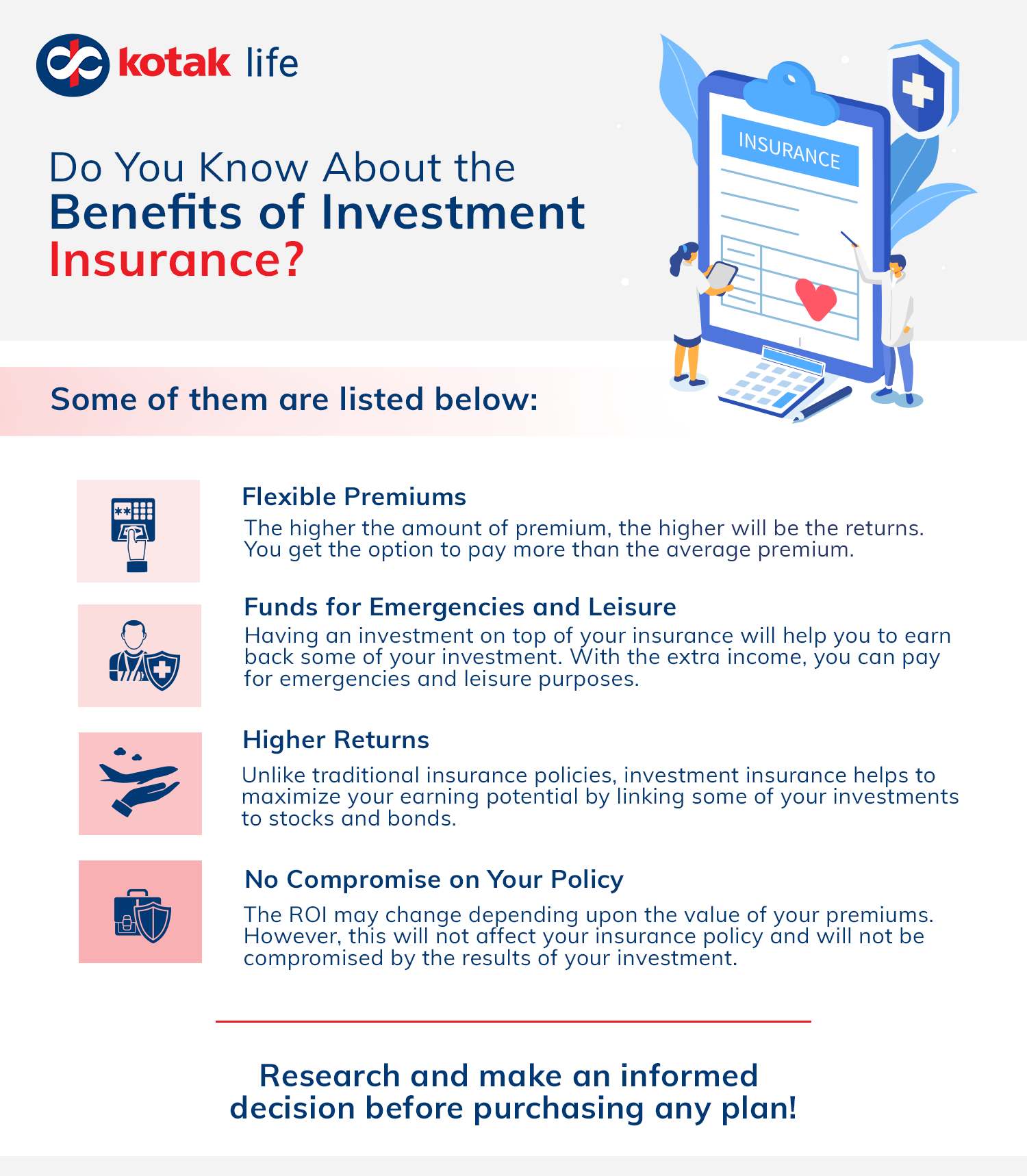Not known Details About Pacific Prime
Not known Details About Pacific Prime
Blog Article
5 Simple Techniques For Pacific Prime
Table of ContentsThe 2-Minute Rule for Pacific PrimePacific Prime - TruthsThe Single Strategy To Use For Pacific PrimeUnknown Facts About Pacific PrimeThe 6-Minute Rule for Pacific Prime

This is since the information were collected for a period of solid financial performance. Of the approximated 42 million individuals that were uninsured, just about concerning 420,000 (about 1 percent) were under 65 years old, the age at which most Americans come to be eligible for Medicare; 32 million were adults in between ages 18 and 65, around 19 percent of all adults in this age; and 10 million were kids under 18 years old, about 13.9 percent of all kids (Mills, 2000).
These quotes of the variety of individuals uninsured are produced from the yearly March Supplement to the Existing Populace Study (CPS), conducted by the Demographics Bureau. Unless or else kept in mind, national estimates of people without medical insurance and proportions of the populace with various sort of protection are based on the CPS, the most extensively used resource of quotes of insurance policy protection and uninsurance prices.
Unknown Facts About Pacific Prime

Still, the CPS is specifically valuable due to the fact that it generates annual estimates reasonably quickly, reporting the previous year's insurance policy protection estimates each September, and due to the fact that it is the basis for a consistent set of price quotes for even more than 20 years, enabling evaluation of patterns in protection over time. For these factors, in addition to the substantial use of the CPS in various other research studies of insurance protection that exist in this report, we rely on CPS price quotes, with constraints kept in mind.

The estimate of the variety of uninsured individuals broadens when a population's insurance standing is tracked for a number of years. Over a three-year period starting early in 1993, 72 million people, 29 percent of the united state population, lacked insurance coverage for a minimum of one month. Within a solitary year (1994 ), 53 million people experienced at the very least a month without insurance coverage (Bennefield, 1998a)
Six out of every ten without insurance adults are themselves used. Functioning does enhance the likelihood that one and one's household members will certainly have insurance coverage, it is not a guarantee. Even members of family members with 2 full time wage earners have almost a one-in-ten chance of being uninsured (9.1 percent without insurance price) (Hoffman and Pohl, 2000).
The smart Trick of Pacific Prime That Nobody is Talking About
New immigrants represent a significant proportion of people without health and wellness insurance. One analysis has associated a substantial section of the recent growth in the size of the united state uninsured populace to immigrants who arrived in the country between 1994 and 1998 (Camarota and Edwards, 2000). Recent immigrants (those who view it now involved the USA within the past four years) do have a high rate of being without insurance (46 percent), yet they and their children account for just 6 percent of those without insurance coverage across the country (Holahan et al., 2001).
The partnership between health insurance and access to care is well established, as documented later in this phase. Although the relationship between medical insurance and health outcomes is neither direct nor simple, a comprehensive scientific and wellness solutions research study literary works links medical insurance coverage to improved access to care, far better high quality, and enhanced personal and population wellness standing.
Degrees of analysis for examining the effects of uninsurance. This conversation of medical insurance protection focuses primarily on the U.S. populace under age 65 since essentially all Americans 65 and older have Medicare or other public coverage. It focuses especially on those without any wellness insurance coverage for any kind of length of time.
The 7-Minute Rule for Pacific Prime
The issues dealt with by the underinsured remain in some aspects similar to those dealt with by the uninsured, although they are normally less serious. group insurance plans. Uninsurance and underinsurance, however, involve distinctly various plan issues, and the techniques for addressing them might differ. Throughout this research and the 5 records to comply with, the primary focus gets on individuals without any health and wellness insurance coverage and therefore no support in paying for wellness treatment past what is readily available with charity and safeguard institutions
Wellness insurance policy is a powerful element affecting invoice of care because both people and medical professionals reply to the out-of-pocket price of solutions - https://pastebin.com/u/pacificpr1me. Wellness insurance, however, is neither essential nor enough to get to medical solutions. Nevertheless, the independent and straight impact of medical insurance protection on access to health services is well developed.
Others will certainly get the wellness care they require also without health and wellness insurance policy, by spending for it out of pocket or seeking it from providers that offer treatment cost-free or at extremely subsidized prices. For still others, medical insurance alone does not ensure invoice of care because of other nonfinancial obstacles, such as an absence of healthcare providers in their neighborhood, limited access to transport, illiteracy, or etymological and cultural distinctions.
The Buzz on Pacific Prime
Formal research study concerning without insurance populaces in the USA dates to the late 1920s and very early 1930s when the Committee on the Expense of Treatment generated a collection of records concerning financing doctor office sees and hospital stays. This concern became salient as the numbers of medically indigent climbed up throughout the Great Clinical depression.
Report this page